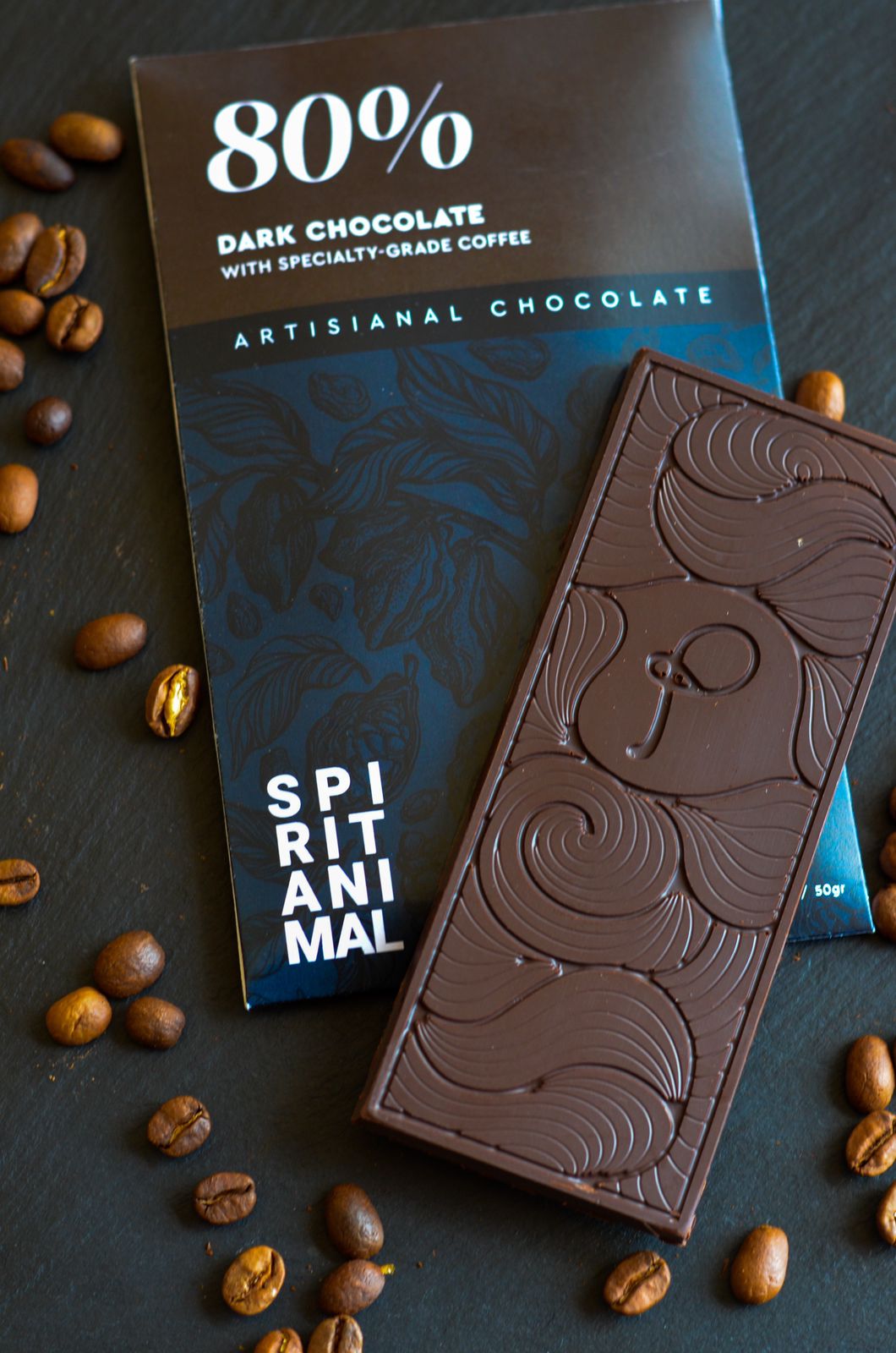Exploring the Rich Tastes of Coffee Beans: a Deep Dive Into Coffee and Blended Coffee Beans
When you discover the abundant flavors of coffee beans, you discover an intricate globe where each range brings its very own character to your cup. Understanding the origins, refining techniques, and toasting techniques can change your coffee experience. As you browse with the art of espresso and the imagination behind blended coffees, you'll begin to appreciate the nuances that make each sip distinct. What you'll find next might transform the way you appreciate your morning mixture.
The Beginnings of Coffee Beans: Discovering Terroir and Flavor Profiles
When you take a sip of coffee, you're not just delighting in a drink; you're experiencing a rich tapestry of flavors shaped by the beans' beginnings. Each region produces distinct flavor accounts influenced by altitude, environment, and dirt. For example, beans from Ethiopia commonly burst with intense, fruity notes, while those from Colombia often tend to provide a balanced, nutty sweet taste.
As you explore different beginnings, you'll see how terroir-- the ecological variables impacting a plant-- plays a crucial role - Single Origin Espresso. The exact same coffee range can taste dramatically different depending on where it's expanded
When you take into consideration these elements, you begin to value the complexity behind your cup. Each sip tells a story of the land and the farmers that nurtured the beans. Following time you delight, believe concerning the journey your coffee took prior to it reached your hands, and appreciate those detailed tastes that reflect its origin.
Understanding Coffee: The Art and Scientific Research Behind the Brew
When you believe concerning espresso, it's not almost the solid taste; it's also regarding the methods that bring it to life. Understanding just how different preparation approaches impact preference can transform your developing experience. Let's discover the ins and outs of espresso prep work and reveal the special taste profiles that make each cup special.
Coffee Preparation Techniques
Coffee prep work is both an art and a science, integrating specific strategies with a deep understanding of coffee. To start, you'll want to choose high-grade, fresh baked beans and grind them carefully for optimal removal (Single Origin Espresso). The work size is important; too coarse, and your espresso will certainly be weak, also fine, and it'll be bitter
Following, tamp the grounds uniformly in the portafilter to guarantee consistent removal. When you secure it into the machine, go for a brewing temperature in between 190 ° F and 205 °
F.As you draw the shot, look for the best extraction time-- around 25-30 seconds. The outcome must be a rich, luscious espresso with an attractive layer of crema on the top. With technique, you'll grasp these strategies.
Taste Profiles Discussed
The world of espresso offers an abundant tapestry of flavor profiles that can boost your coffee experience. You'll see a balance of resentment, sweetness, and level of acidity when you take that first sip. Each espresso bean carries distinct notes, from fruity and floral to nutty and chocolaty. Light roasts often showcase bright level of acidity and vivid tastes, while dark roasts present deeper, bolder tones.
A well-crafted blend may harmonize the brilliant notes of an Ethiopian bean with the abundant, chocolatey undertones of a Brazilian bean. Accept the trip of discovering coffee's varied tastes, and you'll change your coffee routine into an interesting experience.
Processing Methods: Exactly How They Influence Taste and Fragrance
While it may appear that the origin of coffee beans is one of the most considerable consider establishing their flavor and aroma, the handling methods utilized post-harvest play an equally essential role. You'll locate that these approaches can drastically modify the last preference account of your mug.
For instance, the washed process removes the fruit from the beans prior to fermentation, often resulting in a cleaner, brighter flavor. The all-natural process leaves the fruit intact during drying, resulting in a sweeter, fruitier profile.
Other approaches, like honey handling, strike an equilibrium, enabling some fruit mucilage to remain, supplying a special intricacy.
Each handling method engages with the beans' inherent features, improving or muting particular flavors and aromas. index When you drink that espresso or combined coffee, keep in mind that the journey from cherry to mug is influenced not just by beginning however likewise by just how those beans were refined.
Roasting Methods: Unlocking the Full Prospective of Coffee Beans
Roasting methods are essential for exposing the complete potential of coffee beans, as they change raw, environment-friendly beans into the aromatic, delicious coffee you take pleasure in. The option of roasting approach-- light, medium, or dark-- drastically influences flavor profiles.
You can explore roasting temperature levels and times to discover your best brew. A slower roast at lower temperatures permits complex flavors to create, while a quicker roast can escalate resentment. Focus on the splits during roasting; the very first split indicates a light roast, while the second crack signals a dark roast. By understanding these strategies, you'll expose a globe of flavor, boosting your coffee experience to brand-new elevations. Delight in every sip, recognizing browse around this site the care that entered into your cup!
The Magic of Blended Coffee: Creating Special Taste Experiences
Producing a distinct taste experience with mixed coffee can change your early morning ritual into an exploration of preference. By combining different beans from numerous areas, you can expose a symphony of tastes that boost your cup to brand-new elevations. Each blend deals a distinctive account, balancing body, acidity, and sweetness to create something really unique.
When you pick a mix, you're not simply picking a coffee; you're choosing a journey across varied landscapes and societies. Try out various mixes allows you to find your personal faves, whether you delight in fruity notes or rich, chocolatey touches.

Sampling Notes: Recognizing the Nuances in Your Mug
As you sip your coffee, you could observe a range of flavors dancing on your taste, each revealing the details of the beans. You might taste the intense level of acidity evocative citrus or the deep, rich notes comparable to dark delicious chocolate. The sweet taste could evoke honey or caramel, balancing the overall profile wonderfully.
Pay attention to the body of the coffee-- does it really feel ventilated and light, or is it full and creamy? The finish, also, supplies hints; a sticking around aftertaste may hint at nuttiness or flower touches.

Do not neglect to check out the one-of-a-kind features of various origins, as each area presents unique flavors - Single Origin Espresso. Ethiopian coffees frequently existing fruity notes, while Colombian beans may showcase a much more spherical sweet taste. By recognizing these subtleties, you'll strengthen your recognition for each cup, elevating your coffee experience to new heights

Brewing Techniques: Making Best Use Of Taste Removal for every single Bean
When you explore the different developing approaches, you'll discover that each strategy can dramatically influence the flavor account of your coffee. From French press to pour-over, each method essences various compounds, enhancing or silencing certain notes. Using a French press allows oils to continue to be in the mixture, producing a richer preference, while pour-over emphasizes clarity and illumination.
Temperature and grind dimension additionally play essential duties. A coarser work functions best for cold mixtures, while a great grind is optimal for espresso. Trying out water temperature-- between 195 ° F and 205 ° F-- can expose concealed tastes, too.
Do not ignore soaking time; a fast extraction can cause sour notes, while over-extraction may produce bitterness. By adjusting these variables, you can optimize taste removal and genuinely boost your coffee experience. Take pleasure in the trip of uncovering what method best fits your taste!
Often Asked Inquiries
What Is the Perfect Water Temperature Level for Brewing Coffee?
The perfect water temperature level for brewing coffee's between 195 ° F and 205 ° F. If you utilize water that's as well warm, you'll over-extract tastes; too cold, and you will not remove enough. Aim for that sweet area for the very best brew!
Exactly How Does Work Size Influence Coffee Taste?
Grind dimension significantly affects coffee flavor. Better grinds extract a lot more flavors and oils, leading to a bolder taste, while coarser grinds yield a lighter flavor. Changing work dimension helps you accomplish your wanted coffee profile.
Exist Wellness Advantages Associated With Drinking Coffee?

What Is the Distinction Between Arabica and Robusta Beans?
Arabica beans are smoother and sweeter, often including fruity flavors, while robusta beans are more powerful with a bitter taste and greater high levels of caffeine material. You'll observe these distinctions in aroma and brewing experience.
Just How Can I Shop Coffee Beans for Quality?
To save coffee beans for quality, maintain them in an impermeable container, away from warmth, dampness, and light. If you just grind what you require right prior to brewing., you'll maintain their taste longer.
Checking official website Out the Abundant Tastes of Coffee Beans: a Deep Dive Into Coffee and Blended Coffee Beans.
When you explore the rich flavors of coffee beans, you uncover a complicated world where each range brings its very own character to your cup.When you take a sip of coffee, you're not just enjoying a beverage; you're experiencing an abundant tapestry of tastes formed by the beans' origins.Roasting techniques are vital for revealing the complete capacity of coffee beans, as they change raw, green beans right into the fragrant, delicious coffee you enjoy.As you drink your coffee, you may discover a range of flavors dancing on your palate, each revealing the intricacies of the beans.